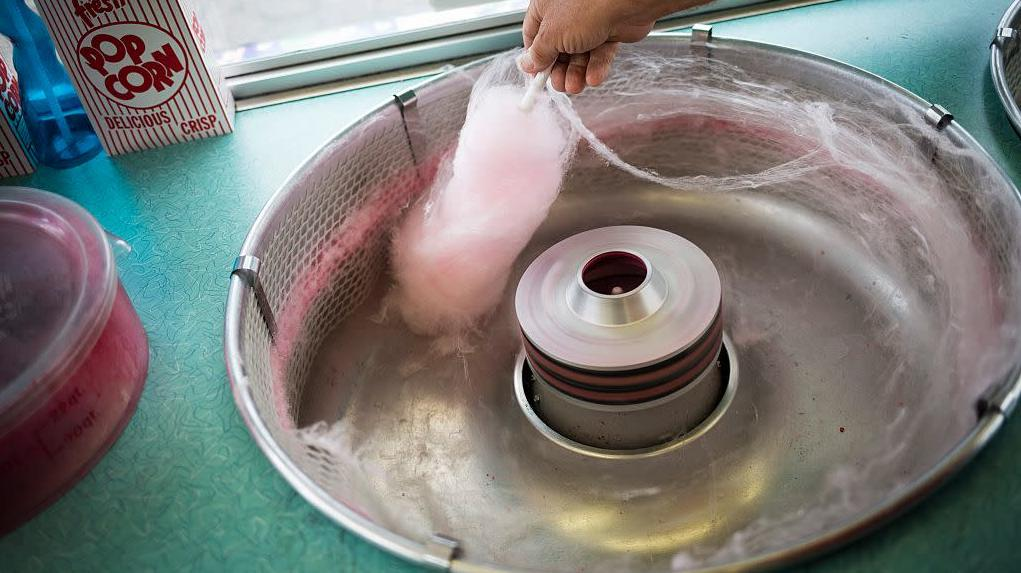Physicist Of The People Discovers How To Use A Cotton Candy Machine To Make Cheap N95 Masks
In your daily dose of hopeful engineering, a graduate student in physics, Mahesh Bandi of the Okinawa Institute of Science, has discovered a unique way to bring down the cost of creating the mesh that's a key component of N95 masks: use a cotton candy machine.
According to Good News Network, Bandi figured out that you can take low-cost plastic (such as that from water bottles and shopping bags) and use the centrifuge of a common cotton candy machine to turn it into an electrocharged mesh. Such mesh is ordinarily one of the more expensive components in an effective face mask. This mesh is what captures so much of the virus from being taken into the mask wearer's lungs.
The process is simple: all you need to do is take the plastic and heat it in the cotton candy machine, and when the plastic fibers come out they can be spun together into a cohesive mass (much like sugar strands). This process makes the fibers "electro-sticky" by charging them as they're spinning in the metal cotton candy drum, and to increase the effectiveness of the mesh, Bandi cuts it into squares and places these on the vent of an air ionizer, another common machine that might reduce production costs.
Microscopic analysis and comparisons to N95 masks show that these filters are quite effective in stopping viral particles from being inhaled. The proof of concept took a 3D printer to create, so it's unclear if it'll be easy to replicate the process efficiently in mass-production environments, but a little hope goes a long way. If you feel like geeking out today, you can read the findings in his paper here.
